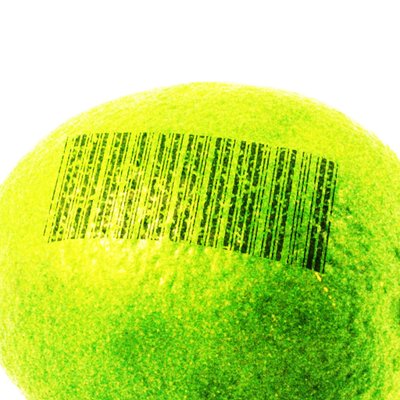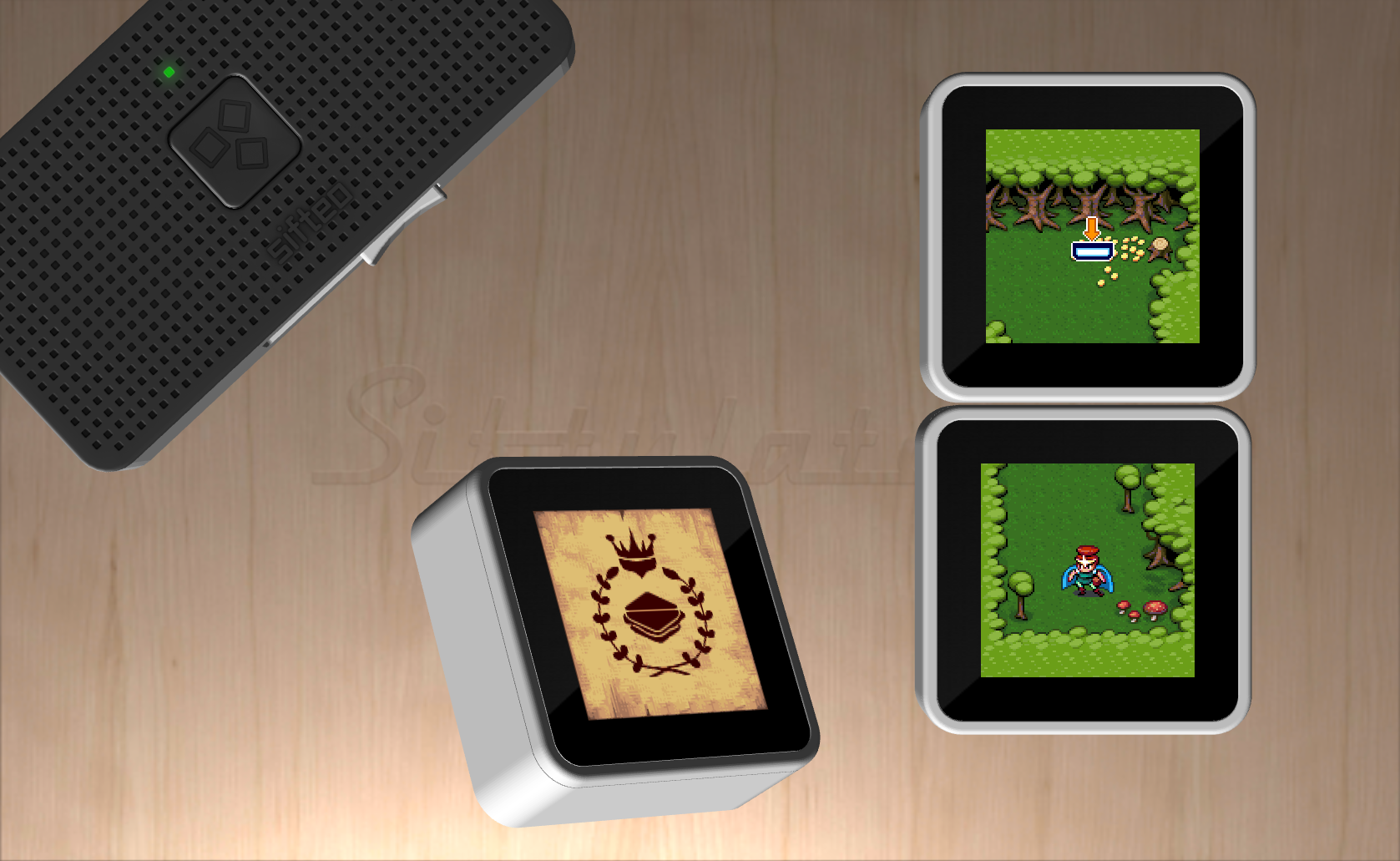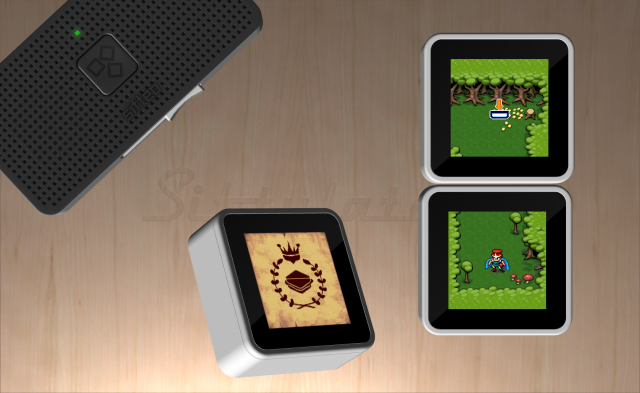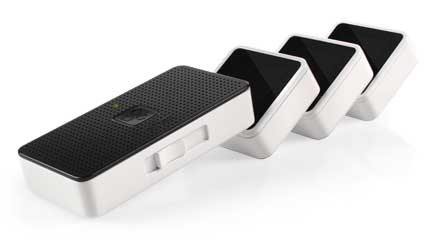I wrote a guest article for Adafruit about the story behind the new Sifteo cubes:
In today’s world, video game consoles have become increasingly complex virtual worlds unto themselves. Shiny, high polygon count, immersive, but ultimately indirect. A video game controller is your gateway to the game’s world—but the gateway itself can be a constant reminder that you’re outside that world, looking in.
Likewise, the technology in these game consoles has become increasingly opaque. Decades ago, platforms like the Commodore 64 encouraged tinkerers and do-it-yourselfers of all kinds. You could buy commercial games, sure, but the manual that shipped with the C-64 also told you what you needed to know to make your own games, tools, or even robots. The manual included a full schematic, the components were in large through-hole packages, and most of them were commonly-available chips with published data sheets.
Fast forward three decades. Today’s video game consoles are as powerful and as complex as a personal computer, with elaborate security systems designed specifically to keep do-it-yourselfers out. They contain dozens of customized or special-purpose parts, and it takes some serious wizardry to do anything with them other than exactly what the manufacturer intended. These systems are discouragingly complicated. It’s so hard to see any common link between the circuits you can build at home, and the complex electrical engineering that goes into an Xbox 360 or Playstation 3.
We wanted to build something different. Our platform has no controller, no television. The system itself is the game world. To make this happen, we had to take our engineering back to basics too. This is a game platform built using parts that aren’t fundamentally different from the Arduino or Maple boards that tens of thousands of makers are using right now.
This is the story of how we built the hardware behind the new Sifteo Cubes, our second generation of a gaming platform that’s all about tactile sensation and real, physical objects.



